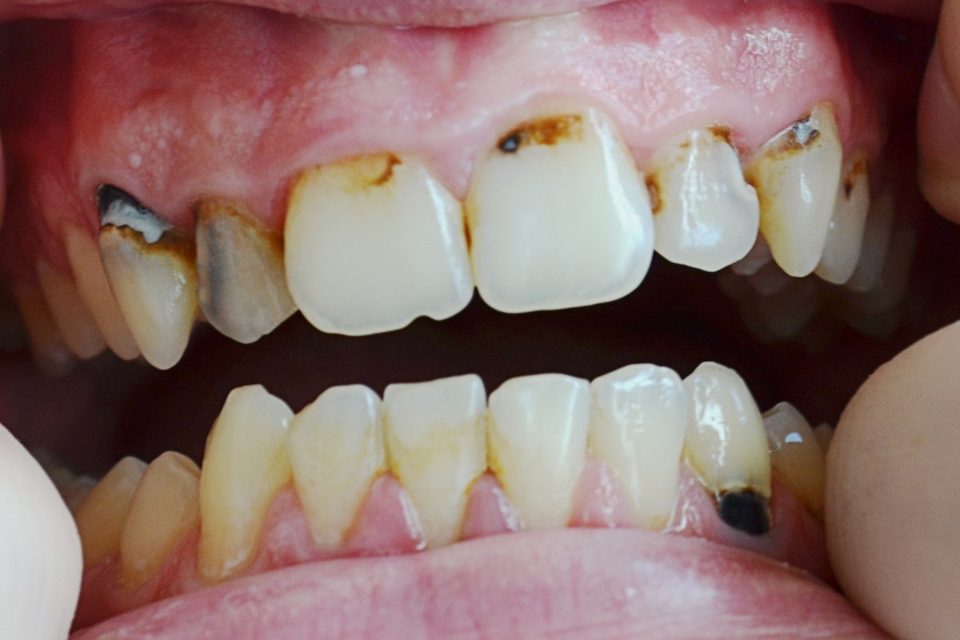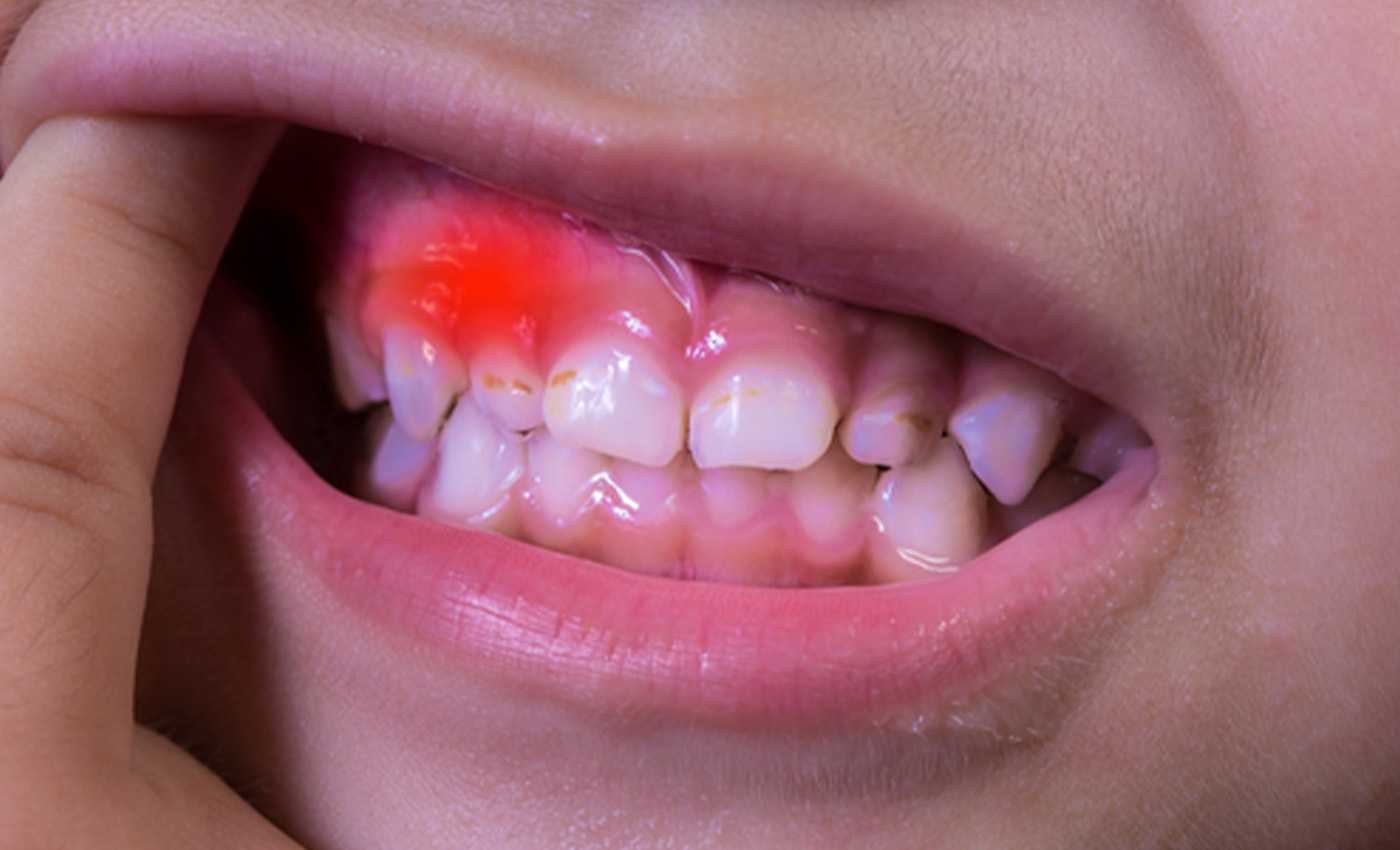Noticing a change in your gum’s appearance can be concerning, as we often don’t pay much attention to our gums until a problem arises. So, discovering a hole in your gums may cause some worry. However, it’s important to understand what this means for your oral health.
Causes of Gum Holes
The main reason for a hole in the gums is usually gum disease. These holes can occur when a certain area of the gum becomes pocketed, indented, or cratered. Various factors contribute to this, including:
1. Periodontitis
Periodontitis, an advanced stage of gum disease, arises when plaque accumulates on teeth. Plaque, primarily composed of bacteria, metabolizes sugars from food for energy, generating waste products. These byproducts can lead to gum irritation, inflammation, and easy bleeding, known as gingivitis.
If this inflammation progresses, affecting gum tissue and bone, it can develop into periodontitis. According to the American Dental Association, around 47.2 percent of adults over 30 in the United States are affected by periodontitis.
Periodontitis can result in tissue and bone loss, causing gums to recede and form pockets or gaps between teeth and gums. Other symptoms include red, swollen gums, bleeding during brushing or flossing, gum soreness, bad breath, gum recession, tooth sensitivity, loose teeth, and discomfort or pain while chewing.

2. Infections
Occasionally, holes in the gums can stem from infections, often triggered by viruses or bacteria. One instance of this is herpetic gingivostomatitis, induced by the herpes simplex virus (HSV). While this condition commonly affects children who have recently contracted HSV, it can also occur in adults. Herpetic gingivostomatitis manifests with lesions in the mouth, including the gums, which may appear as concave or cratered and can develop into ulcers.
Additional symptoms of this condition may include red and swollen gums, fever, loss of appetite, irritability, malaise, and swollen lymph nodes. Typically, it resolves spontaneously.
Although less common, other infections can also cause holes in the gums. Actinomycosis, for instance, is a bacterial infection that may impact the mouth and jaw. In rare instances, this infection has been associated with gum perforations.
3. Tooth Socket
Following a tooth extraction, a gap in the gums typically emerges. While this socket typically fills in over about 8 weeks, any disruption to this process can lead to a dry socket. Dry sockets can be quite painful as they expose the nerve and bone of the healing gap.
4. Necrotizing Periodontal Disease
Your gums may suddenly exhibit a pockmarked appearance with punched-out lesions, which can be indicative of a rare form of gum disease known as necrotizing periodontal disease. Individuals with weakened immune systems are particularly susceptible to this condition. In addition to experiencing painful ulcers, affected areas may also be covered by a white or yellow pseudomembrane.
Prevention Tips
To avoid the development of holes in your gums, adhere to the following guidelines:
- Brush and floss your teeth at least twice daily, ensuring to gently brush your gums and clean between your gum lines with floss.
- Use toothpaste and other oral hygiene products known for their gum benefits.
- Avoid smoking, as it can exacerbate gum health issues.
- Limit your consumption of sugary foods, which can contribute to gum disease.
- Regularly schedule professional dental cleanings, aiming for at least two visits per year.
What Should I Do?
Maintaining good oral hygiene is crucial to prevent issues such as gum holes. If you observe any abnormalities with your gums, it’s advisable to seek advice from a medical professional, preferably a dentist.
